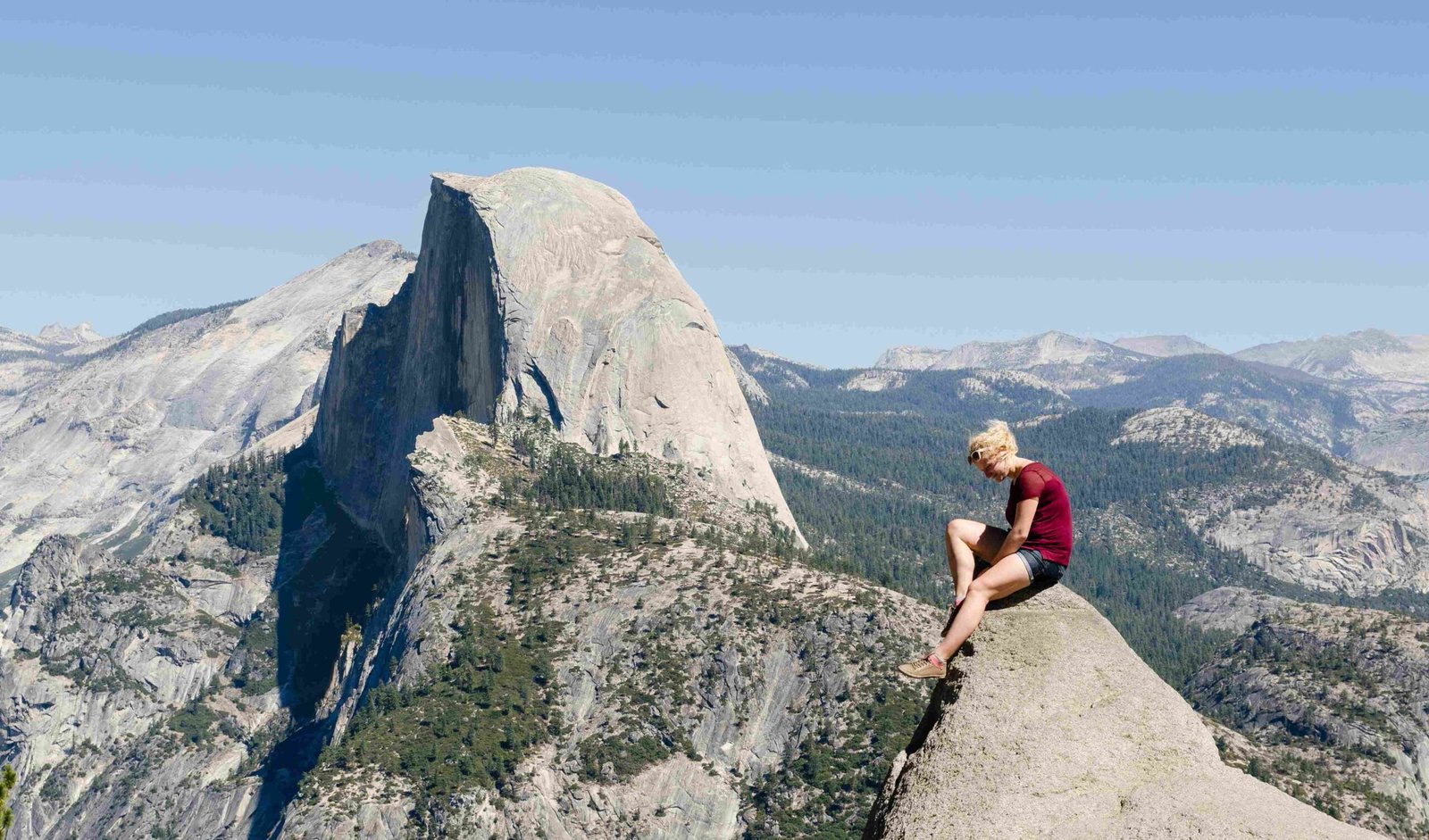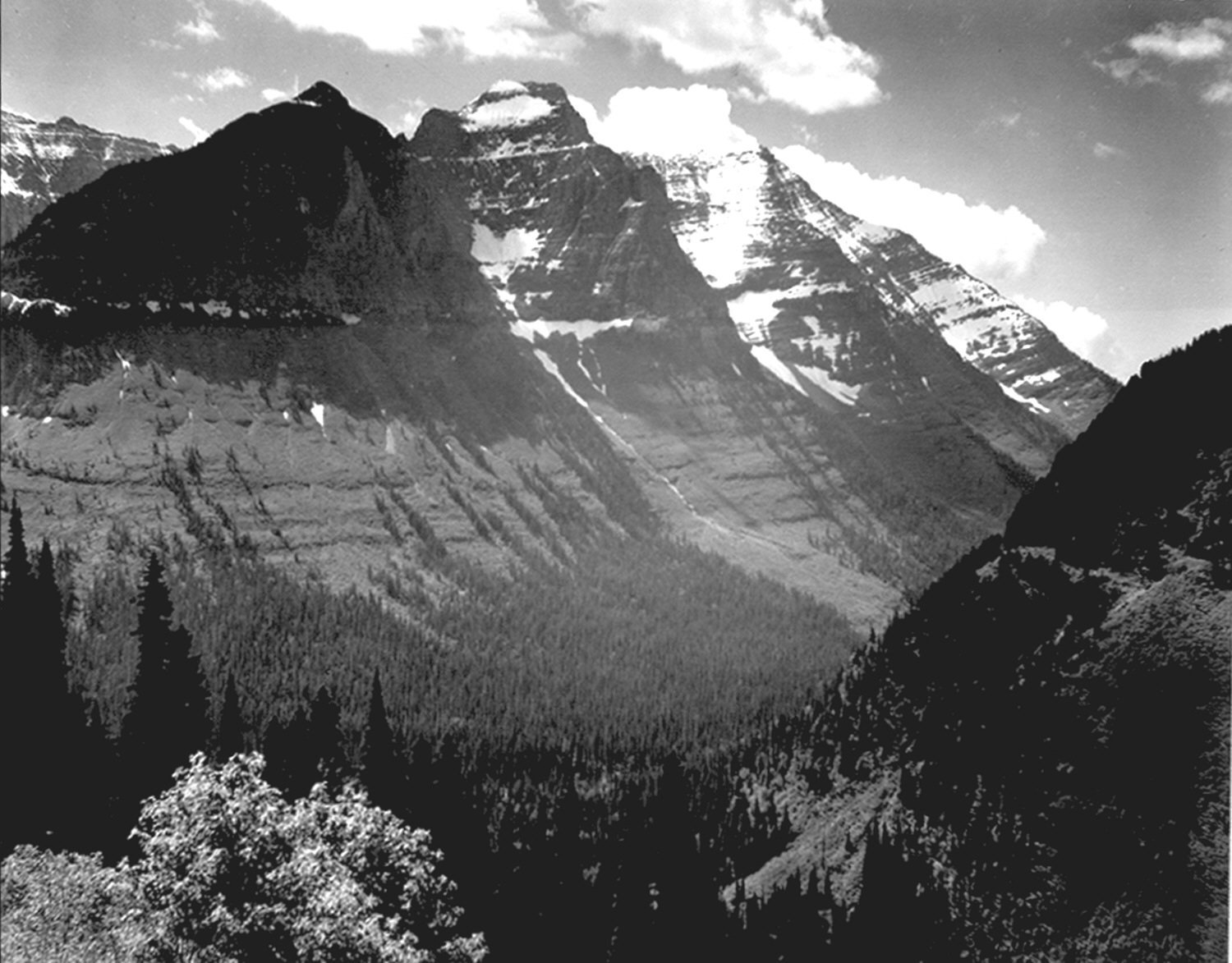Glacier National Park, a breathtaking icy wonderland, is located in the state of Montana. This majestic park, situated in the northwest corner of the United States along the Canada-U.S. border, offers visitors a stunning array of glacial-carved landscapes, diverse wildlife, and outdoor activities. With over 700 miles of hiking trails, scenic drives, and opportunities for winter sports, Glacier National Park attracts nature enthusiasts and adventure seekers year-round.
Where Is Glacier National Park Located?

Glacier National Park is situated in the northwestern part of Montana, bordering the Canadian provinces of Alberta and British Columbia. The park encompasses over 1 million acres of pristine wilderness, including parts of two mountain ranges, over 130 named lakes, and hundreds of species of animals and plants.
What Makes Glacier National Park an Icy Wonderland?

Glacier National Park earns its reputation as an icy wonderland due to several factors:
- Glacial Features: The park is home to numerous glaciers, which have shaped its landscape over millions of years.
- Alpine Scenery: High mountain peaks, many of which remain snow-capped year-round, create a stunning icy backdrop.
- Crystal-Clear Lakes: Glacial meltwater feeds numerous lakes, resulting in crystal-clear, turquoise waters.
- Winter Wonderland: During winter months, the park transforms into a snowy paradise, perfect for winter sports and activities.
What Are the Main Attractions in Glacier National Park?
Glacier National Park offers a plethora of attractions for visitors:
- Going-to-the-Sun Road: This 50-mile scenic drive is the park’s crown jewel, offering breathtaking views of the park’s diverse landscapes.
- Logan Pass: The highest point on Going-to-the-Sun Road, sitting at 6,646 feet elevation.
- Lake McDonald: The largest lake in the park, known for its scenic beauty and crystal-clear waters.
- Many Glacier Area: Home to stunning glacial valleys, lakes, and abundant wildlife.
- Waterton-Glacier International Peace Park: A UNESCO World Heritage Site that combines Glacier National Park with Canada’s Waterton Lakes National Park.
How Can Visitors Experience the Icy Wonderland of Glacier National Park?
Visitors can experience the icy wonderland of Glacier National Park through various activities:
- Hiking and Backpacking: With over 700 miles of trails, hikers can explore glacial lakes, alpine meadows, and rugged mountain terrain.
- Scenic Drives: The Going-to-the-Sun Road offers unparalleled views of the park’s glacial landscape.
- Wildlife Viewing: Opportunities to see diverse wildlife, including mountain goats, bighorn sheep, and grizzly bears.
- Winter Activities: Cross-country skiing, snowshoeing, and winter hiking allow visitors to experience the park’s snowy beauty.
- Boat Tours: Scenic boat tours on the park’s glacial lakes offer unique perspectives of the icy landscape.
What Is the Climate Like in Glacier National Park?
The climate in Glacier National Park varies significantly due to its diverse topography:
| Season | Temperature Range | Conditions |
|---|---|---|
| Summer | 60°F to 80°F | Warm days, cool nights |
| Winter | Below freezing | Cold, heavy snowfall |
| Spring | 30°F to 60°F | Unpredictable, melting snow |
| Fall | 30°F to 70°F | Cool, possibility of early snow |
How Has Climate Change Affected Glacier National Park?
Climate change has had a significant impact on Glacier National Park:
- Glacier Retreat: Many of the park’s glaciers have dramatically shrunk or disappeared entirely.
- Ecosystem Changes: Warming temperatures have led to shifts in plant and animal habitats.
- Fire Risk: Increased temperatures and drier conditions have elevated the risk of wildfires.
- Water Resources: Changes in snowpack and glacial melt affect the park’s water systems.
What Wildlife Can Be Seen in Glacier National Park?
Glacier National Park is home to a diverse array of wildlife:
- Large Mammals: Grizzly bears, black bears, moose, elk, mountain goats, bighorn sheep
- Small Mammals: Marmots, pikas, ground squirrels
- Birds: Over 250 species, including golden eagles and harlequin ducks
- Fish: Native species like bull trout and westslope cutthroat trout
How Can Visitors Access Glacier National Park?
Visitors can access Glacier National Park through various means:
- By Car: The park is accessible via U.S. Highways 2 and 89.
- By Air: Fly into Glacier Park International Airport near Kalispell, then drive to the park.
- Public Transportation: Limited options are available; personal vehicles or shuttle services are recommended.
What Accommodations Are Available in Glacier National Park?
Glacier National Park offers a range of accommodation options:
- Lodges: Historic lodges like Many Glacier Hotel and Lake McDonald Lodge
- Campgrounds: 13 campgrounds with over 1,000 sites
- Backcountry Camping: For those seeking a more remote experience
- Nearby Towns: Additional lodging options in surrounding communities like West Glacier and St. Mary
What Are the Best Times to Visit Glacier National Park?
The best time to visit Glacier National Park depends on your interests:
- Summer (June to September): Peak season with warm weather and full access to park facilities
- Fall (September to October): Fewer crowds, beautiful fall colors, and potential wildlife sightings
- Winter (November to April): Ideal for winter sports enthusiasts, but with limited access to some areas
- Spring (May to June): Wildflowers bloom, but some areas may still be snow-covered
How Can Visitors Prepare for a Trip to Glacier National Park?
To prepare for a trip to Glacier National Park:
- Plan Ahead: Make reservations for accommodations and activities well in advance, especially during peak season.
- Check Weather: Be prepared for rapid weather changes and pack appropriate clothing and gear.
- Bear Safety: Learn about bear safety and carry bear spray when hiking.
- Leave No Trace: Follow park guidelines to minimize your impact on the environment.
- Stay Informed: Check the park’s official website for current conditions and closures.
Glacier National Park, Montana’s icy wonderland, offers visitors a unique opportunity to experience pristine wilderness, dramatic glacial landscapes, and diverse ecosystems. Whether you’re hiking through alpine meadows, driving along scenic mountain roads, or observing wildlife in their natural habitat, Glacier National Park provides an unforgettable journey into one of America’s most spectacular natural treasures.